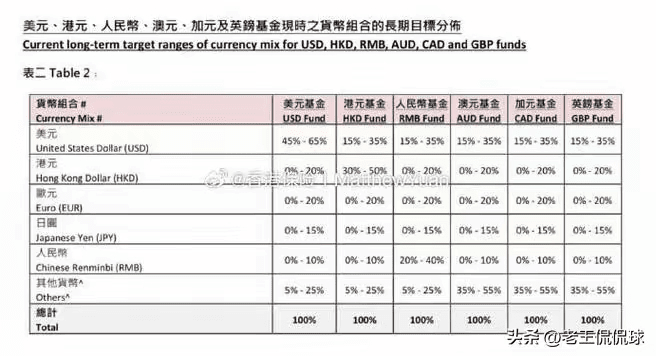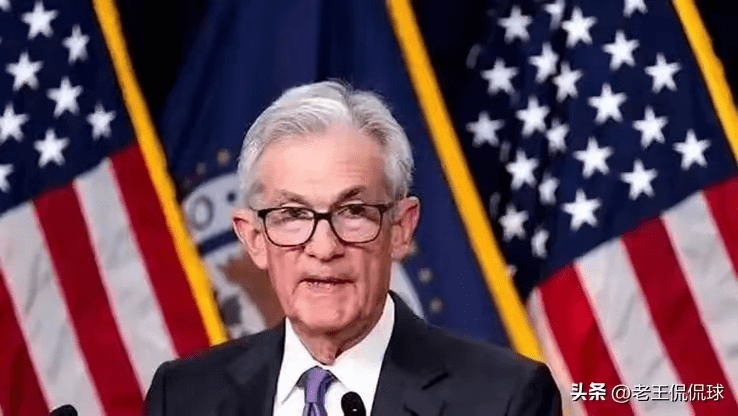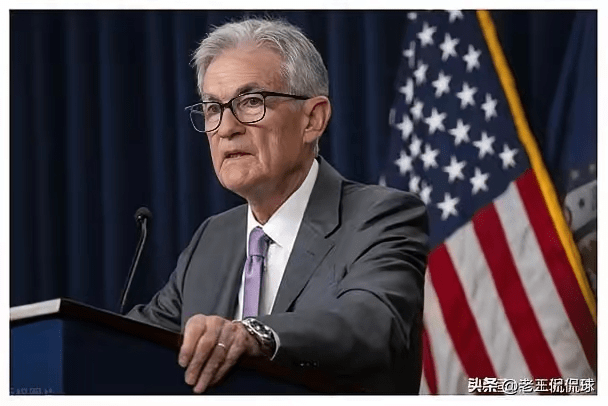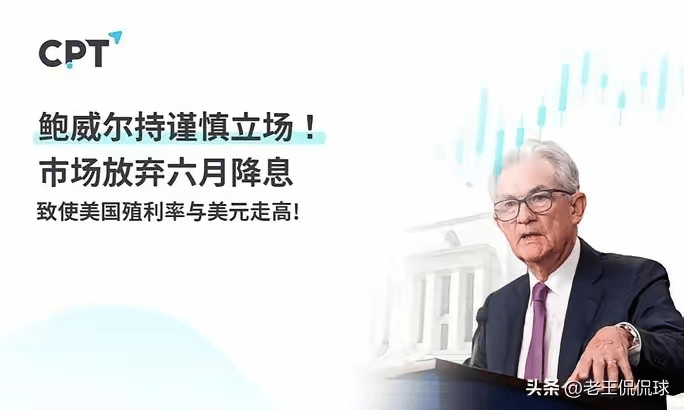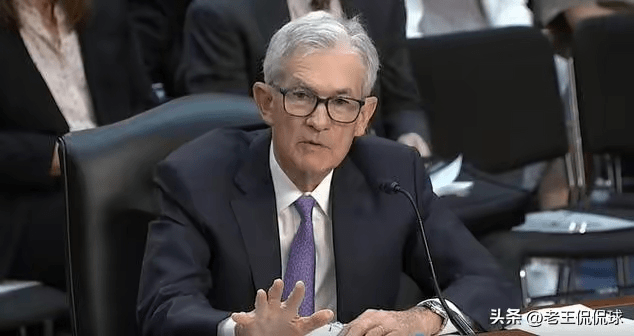"Powell said we should be cautious in cutting interest rates!" As soon as the news came out, the financial market immediately fluctuated, as if a boulder was thrown into a calm lake. In his speech, Powell mentioned that although the US economy remained stable, once the interest rate was cut, it could trigger a series of chain reactions, and investors immediately began to get nervous.
Powell's cautious remarks on interest rate cuts triggered violent market fluctuations, seemingly breaking the calm of the financial market in an instant. Under the appearance of the US economy remaining stable, there are risks that may be brought about by interest rate cuts, and investors' nervousness has spread. Against this backdrop, the US dollar rebounded and became a "safe asset" that many investors are scrambling to pursue, while the price of gold, which was once highly favored, began to fall, as if it had lost its halo.
Powell's speech can be seen as a profound reflection on the current economic situation. He stressed that although the US economy still shows a certain degree of resilience, interest rate cuts may trigger a series of chain reactions that affect inflation and the job market. This seemingly contradictory view makes market participants realize that superficial stability may conceal deeper risks. Investors are wavering between tension and expectation, and market fluctuations are a true reflection of this psychological state.
Against this backdrop, the strong performance of the US dollar is striking. Many investors see it as a safe haven and flock to it, causing the value of the dollar to soar. The decline in gold prices reflects investors' reassessment of risks, and the once safe-haven asset now seems less attractive. This phenomenon reveals the fragility of the market to a certain extent, and investors' confidence is tested.
The chain reaction of interest rate cuts is not limited to financial markets. Interest rate cuts may stimulate consumption and investment, but they may also increase inflationary pressures and further weaken consumer purchasing power. When faced with lower interest rates, companies may increase investment, but the risk is the formation of asset bubbles. Economists have different views on this, with some believing that interest rate cuts are necessary stimulus measures, while others warn of the long-term risks they may bring.
The reactions of different economies are also worth paying attention to. In the context of global economic interconnection, the US interest rate cut policy will have a profound impact on other countries. In particular, those countries that are highly related to the US economy may face pressure from capital outflows and currency depreciation. Market fluctuations are not only a reflection of the US internal economy, but will also trigger a chain reaction around the world.
Powell's speech is not only an analysis of the current economic situation, but also a guide to future policy direction. The market's expectations of future economic trends will affect investors' decisions, and the cautious attitude conveyed by Powell in his speech will undoubtedly add more uncertainty to future policy making.
In summary, Powell's speech revealed the potential risks under the apparent stability of the US economy, and the market volatility reflects investors' uneasiness about the future. Although interest rate cuts may bring short-term stimulus, their long-term impact still needs to be carefully evaluated. In the future, the challenges facing policymakers will be more complex. How to find a balance between stimulating the economy and controlling risks will be a key issue they must face. You are welcome to share your views and insights in the comment section.